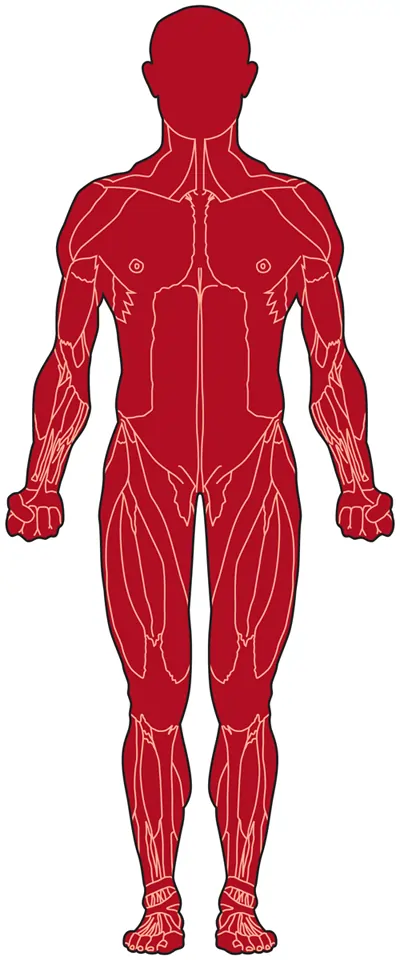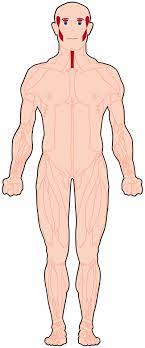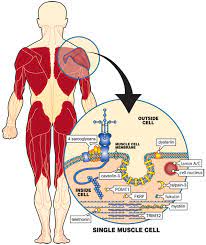Congenital muscular dystrophy
Congenital muscular dystrophy (CMD) refers to a group of muscular dystrophies which is autosomal recessively-inherited muscle diseases that become apparent at or near birth around age 2. They are a group of heterogeneous disorders characterized by muscle weakness and the different changes on muscle biopsy that ranges from myopathic to dystrophic due to the age…





